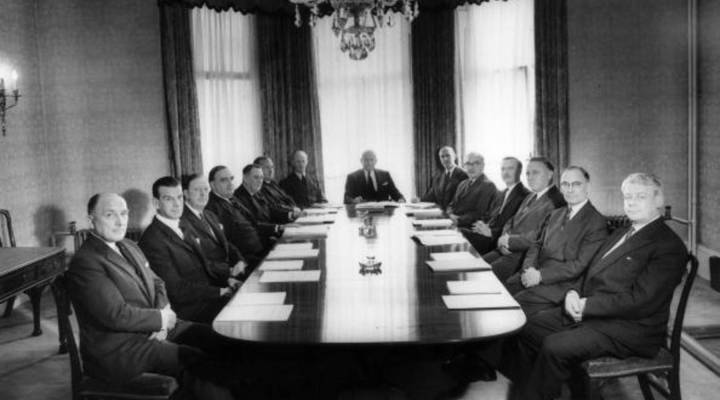
Let’s do the numbers: CEOs still make way more money than you
Share Now on:
Let’s do the numbers: CEOs still make way more money than you

CEOs on average made $15.5 million last year, which is 276 times more than a typical worker did, according to a study released Tuesday
These figures actually show a smaller gap than the previous year. In 2014, that ratio was 302-to-1, with CEOs earning $16.3 million.
But that doesn’t necessarily mean companies have fundamentally changed how they pay their CEOs, according to the Economic Policy Institute study, a nonprofit think tank that researches economic trends. The lower ratio had to do with a volatile market instead of a fundamental change within companies, so “CEO pay can be expected to resume its sharp upward trajectory when the stock market resumes rising,” the report reads.
Another study released Tuesday, showed that the average compensation for the CEOs of big banks was $13.1 million in 2015, up by nearly 8 percent from the year before.
Both studies coincide with JPMorgan Chase CEO Jamie Dimon announcing that the bank will give 18,000 employees raises over the next three years. He penned the news in op-ed for The New York Times but doesn’t mention how, last year, he got a 35 percent pay raise, in part as a reward for cutting down on company expenses. Dimon’s pay last year was $27 million.
All this news highlights a huge gap in wages. The disparity helps illustrate how corporate governance has changed dramatically over the years. The compensation of CEOs are now more closely tied to a business model that values shareholders over other aspects of a company, including employees. Some of this change is a result of a government policy.
“It’s federal law as much as anything that is driving CEOs to focus on short-term share price increases instead of long-term sustainability and good corporate performance,” Cornell Law School professor Lynn Stout told Marketplace last month.
Historically, the figures presented by the EPI on Tuesday show a harsher divide in how much those at the top are paid versus their workers. The ratio was 20-to-1 in 1965 and then grew gradually over the years before spiking in 2000 at 376-to-1.
The extreme increase of CEO pay over the last four decades paints another picture: CEO compensation is increasing at a faster pace than the stock market and wages, according to EPI. From 1978 to 2015, inflation-adjusted CEO compensation increased nearly 941 percent, while the stock market grew 23 percent and employee compensation grew a little over 10 percent:

The institute released a similar study last year and it is calling for government policy in the form of taxes to reduce the ratio.
“Exorbitant CEO pay means that the fruits of economic growth are not going to ordinary workers since the higher pay does not reflect correspondingly higher output,” the authors of the report wrote.
There’s a lot happening in the world. Through it all, Marketplace is here for you.
You rely on Marketplace to break down the world’s events and tell you how it affects you in a fact-based, approachable way. We rely on your financial support to keep making that possible.
Your donation today powers the independent journalism that you rely on. For just $5/month, you can help sustain Marketplace so we can keep reporting on the things that matter to you.












